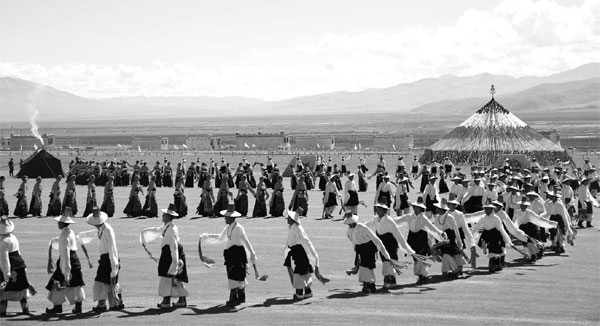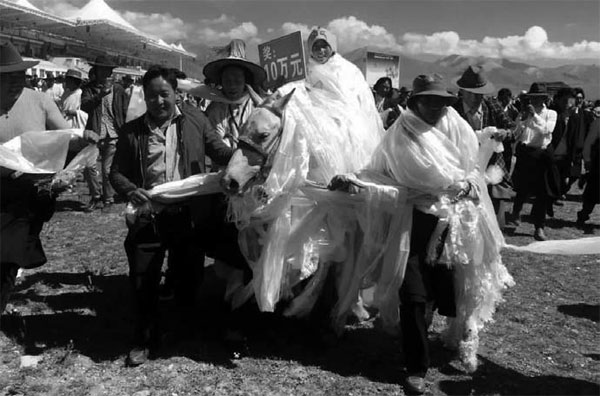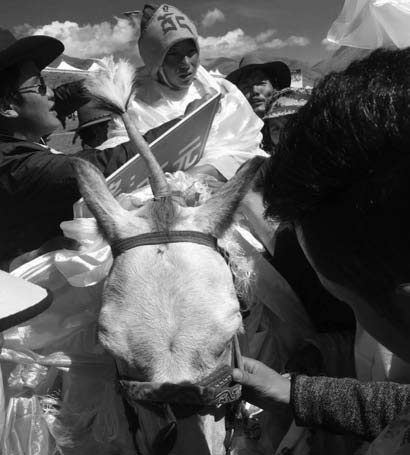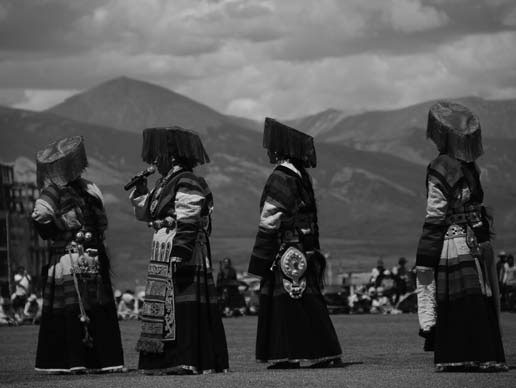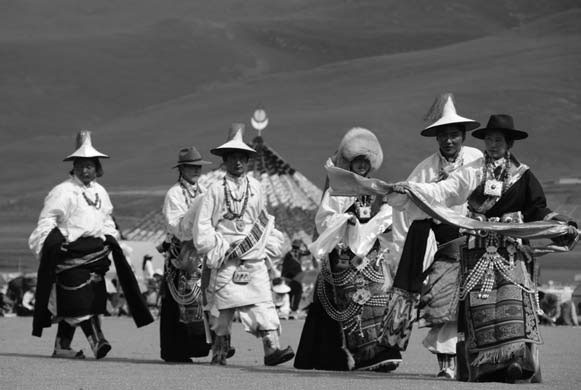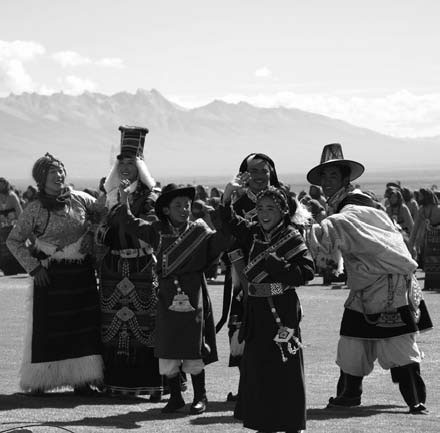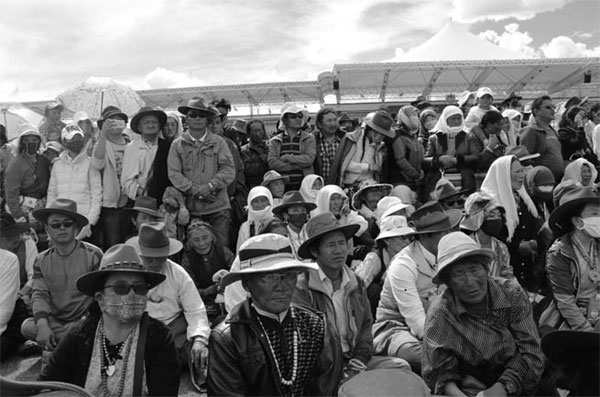Historic horse festival draws crowds
Updated: 2016-09-09 11:26
By Palden Nyima and Daqiong in Lhasa(China Daily USA)
|
|||||||||
Weeklong event emphasizes trade, investment, cultural performances, traditional sport
Damxung county, in the Tibet autonomous region's vast northern grassland, is famous for the high peaks of Mount Nyanchen Thanglha, the picturesque Namtso Lake and its annual horse race festival, which is usually held in late August.
"According to Tibetan historical records, the Damxung Horse Race Festival was practiced as early as the time of Tibet's King Songtsan Gampo in the 7th century," said Karma Dzongdru Sangpo, a businessman in Damxung.
|
Performers dance at the opening ceremony of the horse race festival. Photos by Palden Nyima / China Daily |
"This place was also used as a station for cavalry by the fifth Dalai Lama Ngakwang Lobsang Gyatso in the 17th century."
Held over a period of two weeks to a month in the past, the gala is now a weeklong event. Its focus has also shifted away from purely racing toward trade and investment, cultural performances and the integration of traditional Tibetan sports.
In 2008, it was listed as a part of China's national-level intangible cultural heritage.
Tibetan nomads see the gala as one of their most important festivals. They hold picnics on the grassland and dress their best for the event.
Religious rituals such as the burning of juniper branches and hanging of prayer flags mark the start of the festivities.
Three races of varying lengths are then held, as well as a step competition, which usually involves experienced adults and requires patience and stability.
The races, however, are undertaken by children aged 8 to 12, as these require explosive force and speed.
Besides the races, there is also a contest to see who can collect the most khadas - white scarves that represent purity and auspiciousness to Tibetans.
Participants on horseback pick up the khadas from the ground, with the rider who collects the most winning the game.
Horseback archery contests are also held, requiring the riders to shoot at targets while moving at speed.
Jikme, the 13-year-old champion of this year's long-distance race, was taught to ride by his father at age nine.
He has trained his horse for five years, riding it for five km every morning, and thinks of it as his best friend.
Jikme's family has four horses. Training horses is a skilled and tough task, according to Dawa Tsering, a nomad of Damxung.
"The work includes feeding and showering the horse, as well as making it strong, helping it lose weight and providing it with clothing to prevent it getting cold," the 50-year-old said.
"Horse racing represents bravery, power, and wisdom, and it is also a measure of a man's value on the grassland."
This year's festival received a record of 300,000 visitors from home and abroad, according to statistics from the Damxung Tourism Bureau. They helped create a tourism income of 2.7 million yuan ($362,000) to the county last month.
Damxung county received a record 790,000 visitors last year, a 20 percent increase over the previous year.
Contact the writers at palden_nyima@chinadaily.com.cn
|
The bonus for the winner of a horse race is 100,000 yuan. |
|
A young rider receives a khada after winning the long-distance race. |
|
Four Tibetan women sing at the opening ceremony. |
|
A Tibetan traditional costume show is staged at the festival. |
|
A group of Tibetan artists stage a short play at the opening ceremony. |
|
Tibetan nomads watch the opening ceremony of the festival. |
(China Daily USA 09/09/2016 page5)
- Three women planning 'imminent' attacks arrested in France: minister
- China, Britain vow to deepen military exchanges, mutual trust
- Suspected DPRK nuke test casts shadow on THAAD
- British parliament to debate second Brexit referendum petition
- Chinese women find their way through the glass ceiling
- Rousseff leaves presidential residence in salutation
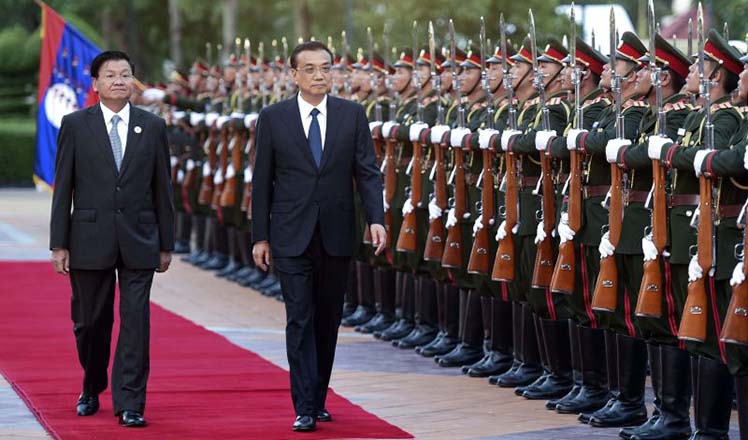
 Sights and sounds of Premier Li's visit to Laos
Sights and sounds of Premier Li's visit to Laos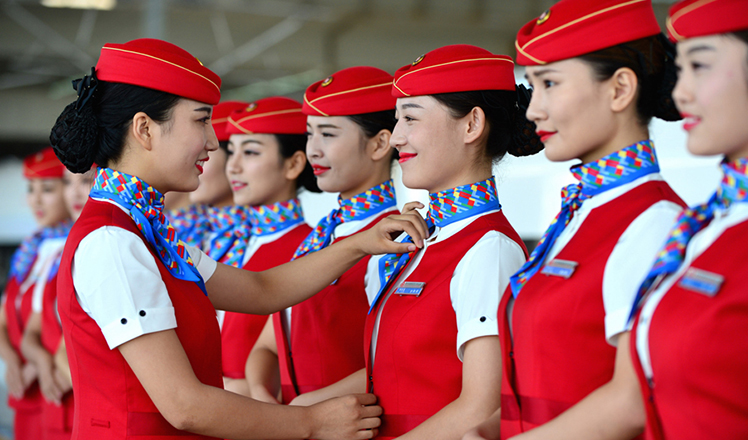
 Bullet train attendants strut new look in Xi'an
Bullet train attendants strut new look in Xi'an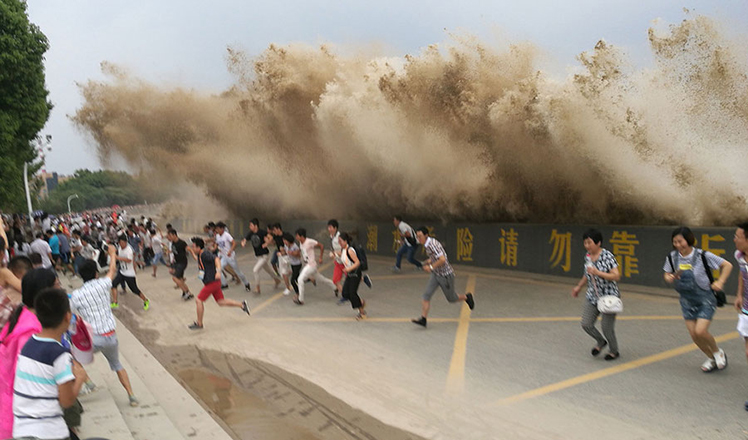
 Ten photos from around China: Sept 2 - 8
Ten photos from around China: Sept 2 - 8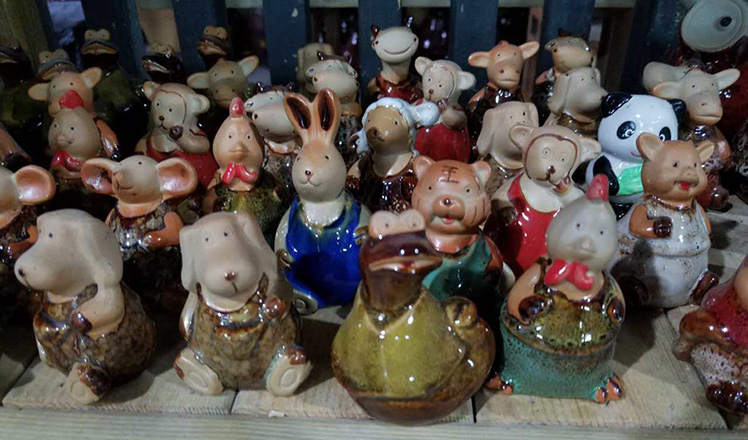
 Turning mud into work of art
Turning mud into work of art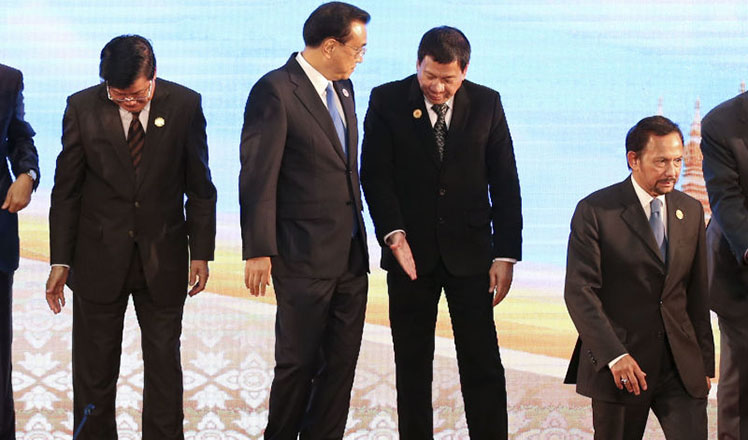
 Unforgettable moments of Premier Li at ASEAN meeting
Unforgettable moments of Premier Li at ASEAN meeting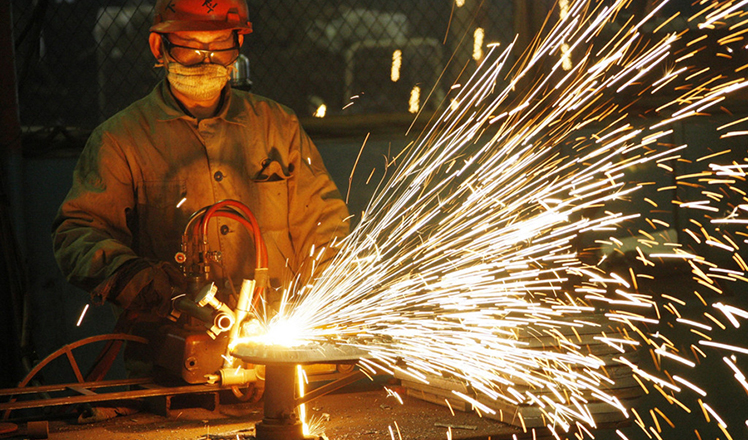
 Six policy signals China sent at G20 Summit
Six policy signals China sent at G20 Summit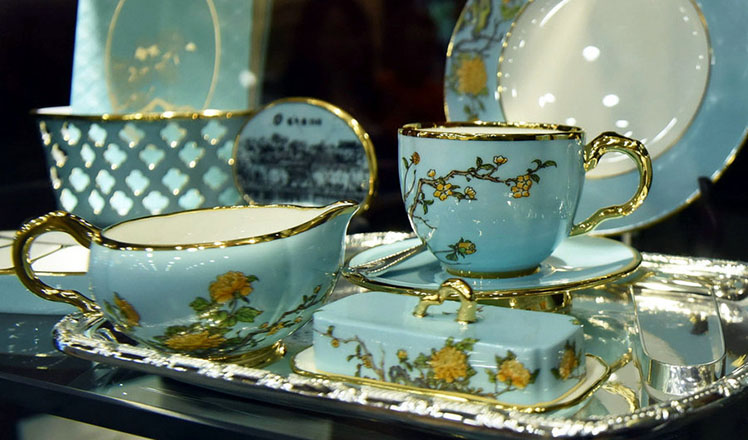
 'First Lady table ware' a hit in Hangzhou
'First Lady table ware' a hit in Hangzhou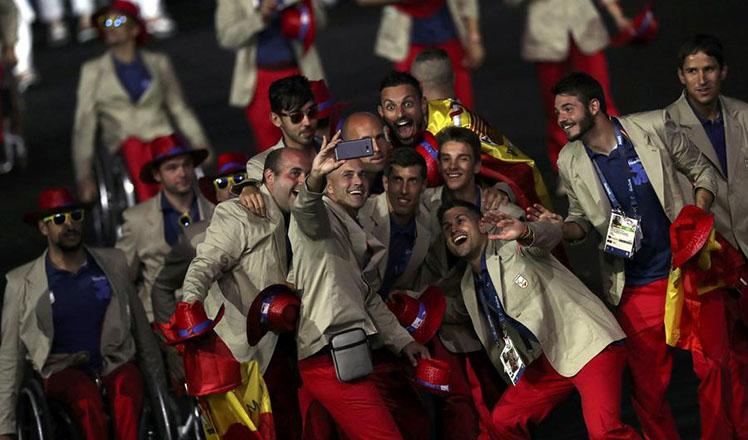
 Paralympics opens in Rio
Paralympics opens in Rio
Most Viewed
Editor's Picks

|

|

|

|

|

|
Today's Top News
Trump outlines anti-terror plan, proposing extreme vetting for immigrants
Phelps puts spotlight on cupping
US launches airstrikes against IS targets in Libya's Sirte
Ministry slams US-Korean THAAD deployment
Two police officers shot at protest in Dallas
Abe's blame game reveals his policies failing to get results
Ending wildlife trafficking must be policy priority in Asia
Effects of supply-side reform take time to be seen
US Weekly

|

|
